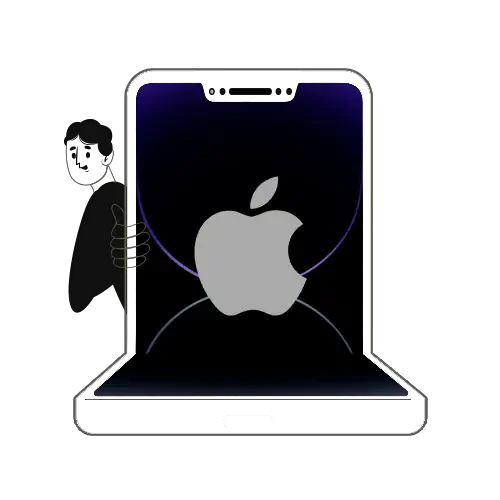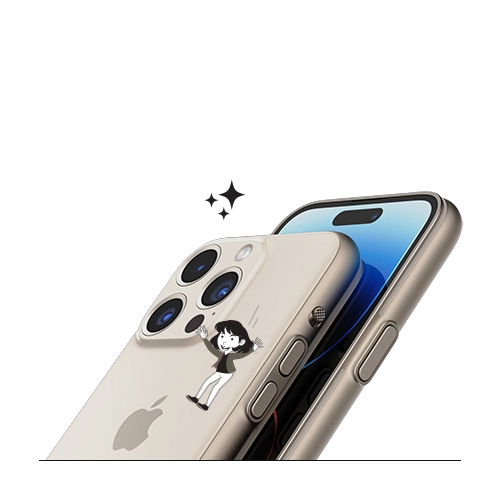The iPhone is an excellent device for multitasking. It flawlessly handles almost any test you throw at it. But over a period the phone starts to get sluggish. That’s only natural. The iPhone might be a sophisticated machine, perhaps the best mobile phone out there, but it’s still prone to ageing. There’s no escaping that. What exactly causes this problem and how do you get around it? Let’s find out.The real culprit here is the RAM. As you multitask, the RAM stores small bits of information about each app you are running. This is done so that you can quickly pick up where you left off when you return to an app. But these bits of memory start adding up over a period. And because your RAM is limited, it gets filled up, and your phone begins to lag.
So what’s the solution? It’s a little thing called, “Flushing the RAM”. Don’t worry. It’s a simple enough process, and we’re going to walk you through it step by step.
Note: Technically flushing RAM is as simple as just restarting your phone. But the listed method is a faster and more efficient.
- Press and hold the Power button (the one you use to switch the phone on and off).
- When the familiar “Slide to power off” option appears, do not turn off the phone. But don’t cancel the option either.
- With the “Power Off” screen still active, press and hold the Home button.
- After a few seconds, you’ll come back to the home screen. At first look, you won’t notice anything out of the ordinary; but now, your RAM is now fully reset.
- Your recent apps will still be available when you double tap the Home button. Only now they’ll reload when you open any of them.
- This method of RAM flushing will work on your iPad and iPod Touch as well.
Caution: It’s advised that you don’t overuse this method. A much better way of resetting your RAM would be just to switch off your phone at least once a week.




